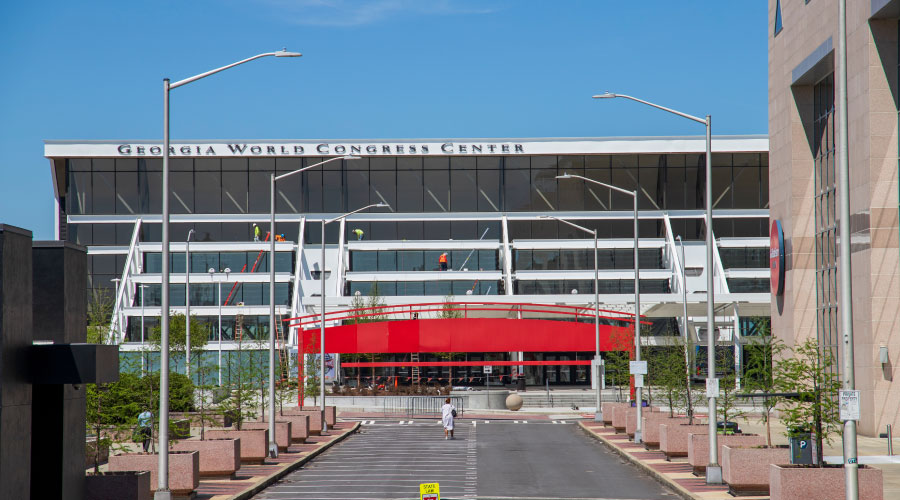Case Study Shows HVAC Optimization Success
At an office tower, analyzing air-handling unit performance provided a huge energy savings opportunity.
The operations team of a well-located office tower served by four built-up AHUs, each with a mixed-air chamber/plenum space in which return air is mixed with outside air for recirculation, and incorporating eight single-stage electric space heaters with a combined load of 1,296KW went about hunting for energy savings.
Analysis of AHU performance at varying ranges of outside air temperature revealed that plenum temperature could be maintained at 25 degrees Fahrenheit instead of 55 degrees Fahrenheit, especially given that chilled-water coils employed a glycol mix for freeze protection. Eliminating heater run times during unoccupied hours between outside air temperature of 25 to 55 degrees Fahrenheit when supply fans are off produced significant energy savings.
Wringing these kinds of energy saving opportunities from building operations is demanding and requires creativity and resourcefulness, but it’s not expensive. It doesn’t require a capital plan, retrofit strategy, or investment in deferred maintenance. It’s highly cost-effective with simple payback on investment of often less than a year.
But it’s not low-hanging fruit either.
It calls for continuous discussion and debate about plant operations, with access to datasets from a rigorous BAS trending regime or software platform collecting data directly from the controls network. It demands an intellectual curiosity to examine alternatives to long-ordered operating protocols, a willingness to fine-tune operating parameters while continuing to meet occupant safety and comfort standards, and a mandate to optimize building performance.
Such operational changes don’t sell themselves at first presentation. Often, they’re put off as “won’t work” or “we can’t make that change” for any number of reasons. But the debate is worthwhile, changes can be tested, and the reliable barometer of occupant comfort complaints never fails to contribute evidence of success or failure. Leadership can come from an asset manager, chief engineer, or facility manager. Support can come from controls and mechanical contractors. These collaborative efforts can always be wins for the bigger “We” — the entire building stakeholder team.
And in the end, give credit where credit is due. The energy savings revealed in these examples weren’t simply there for the grasping from a low-hanging branch. Someone had to truly understand how the buildings worked and then reflected on finding opportunities to change operations without endangering system performance integrity. Such opportunities can easily pass unnoticed were it not for the assessment, analysis, and perseverance of a building’s energy champion. Not one gazing at eye-level prizes but instead one looking upward toward the sweet rewards much higher in the tree.
Jerry Y. Burin (jerry.burin@aecom.com) is director of energy at AECOM. Syed Suhail (syed.suhail@aecom.com) is manager of energy analytics at AECOM.
Related Topics:














